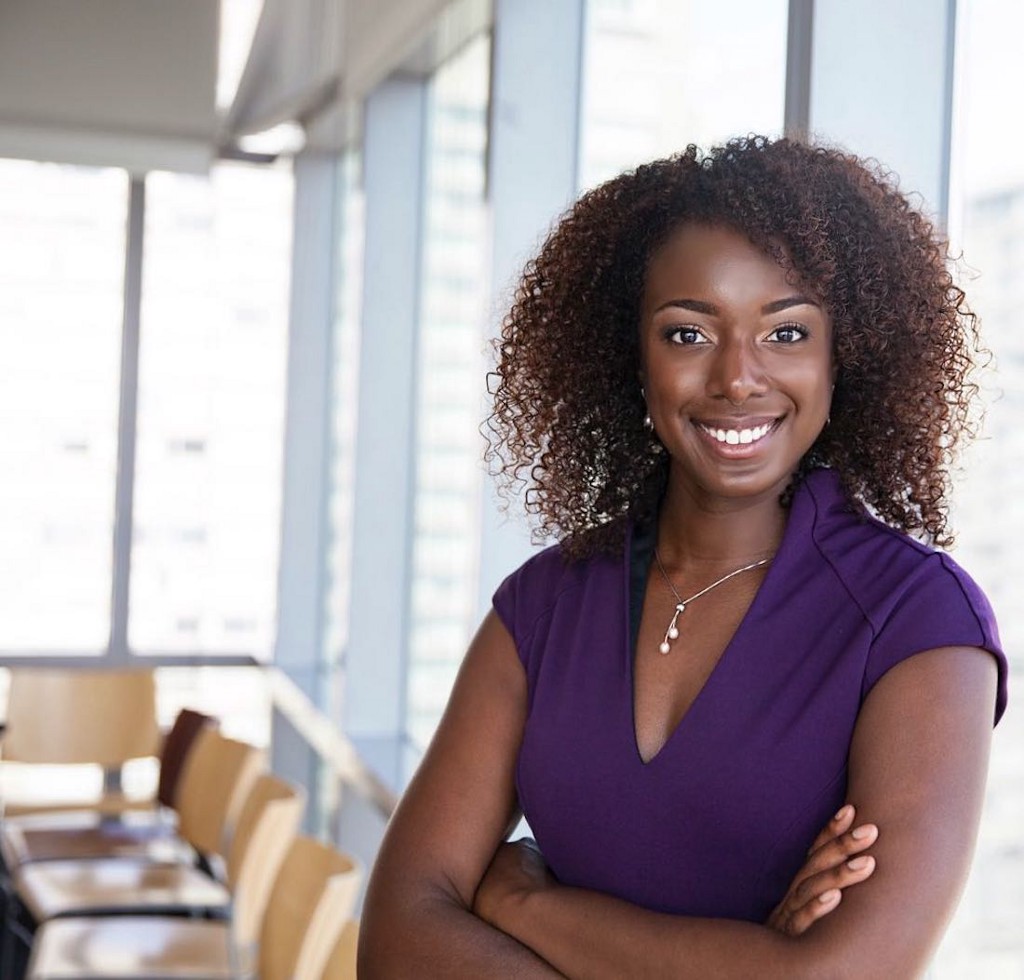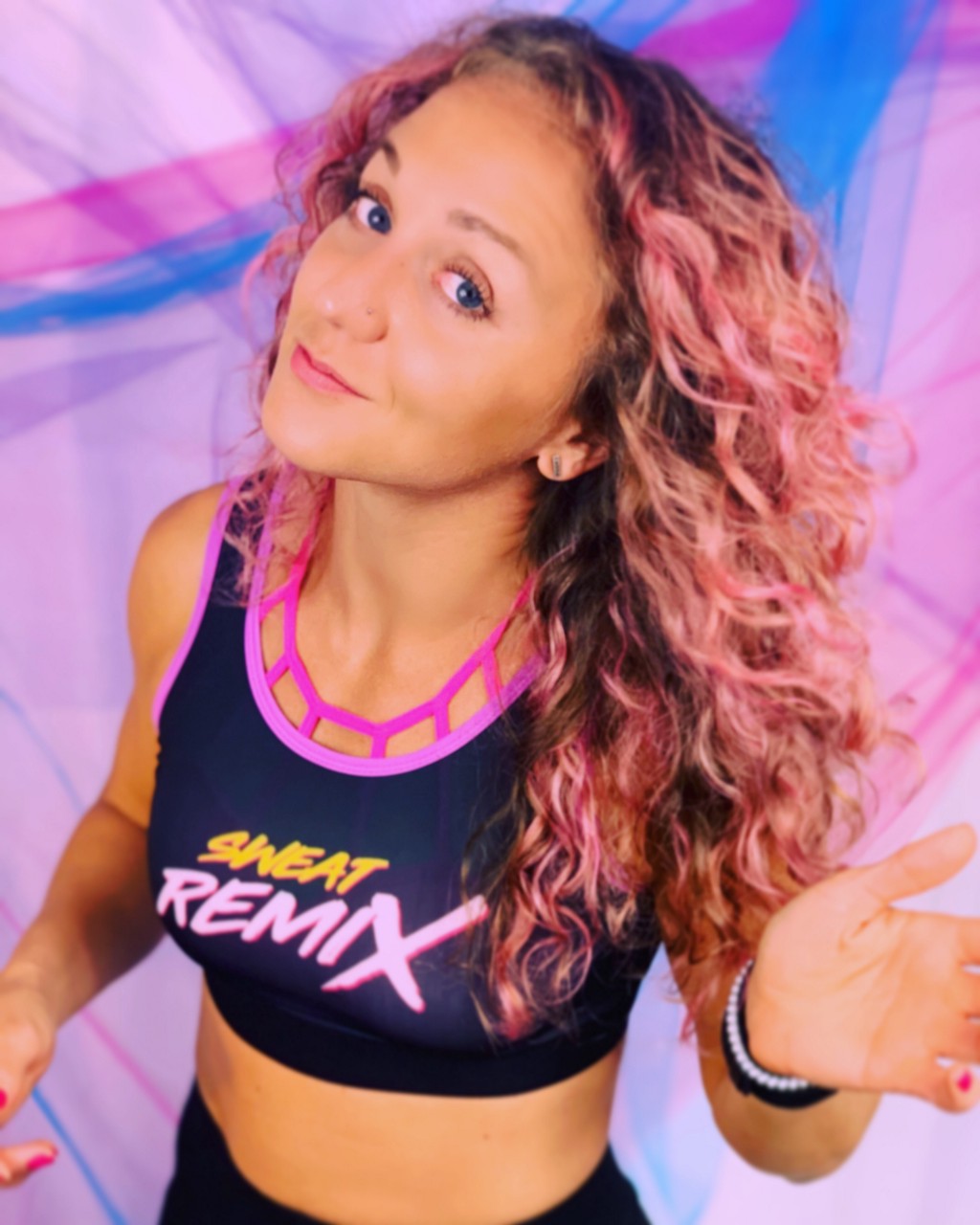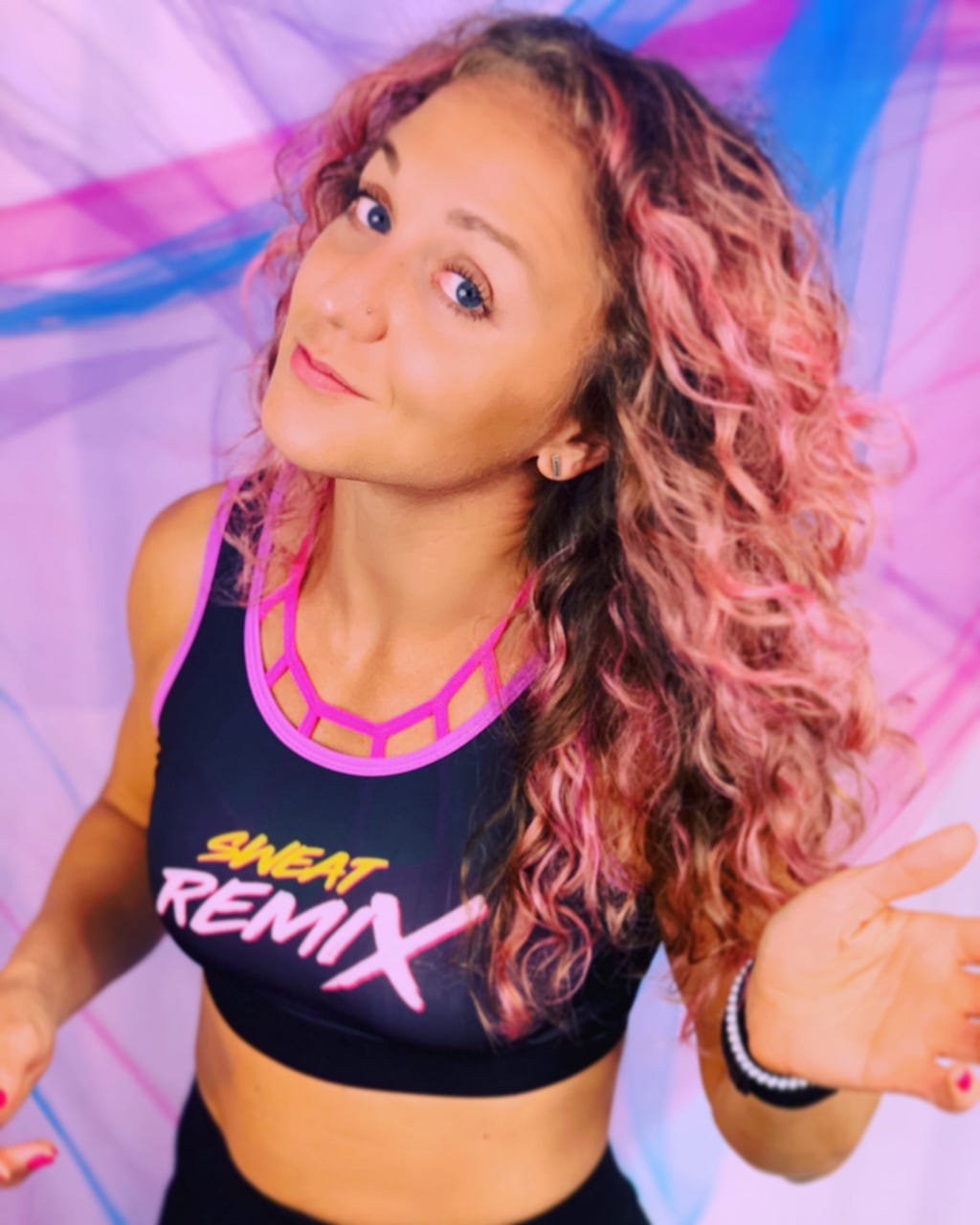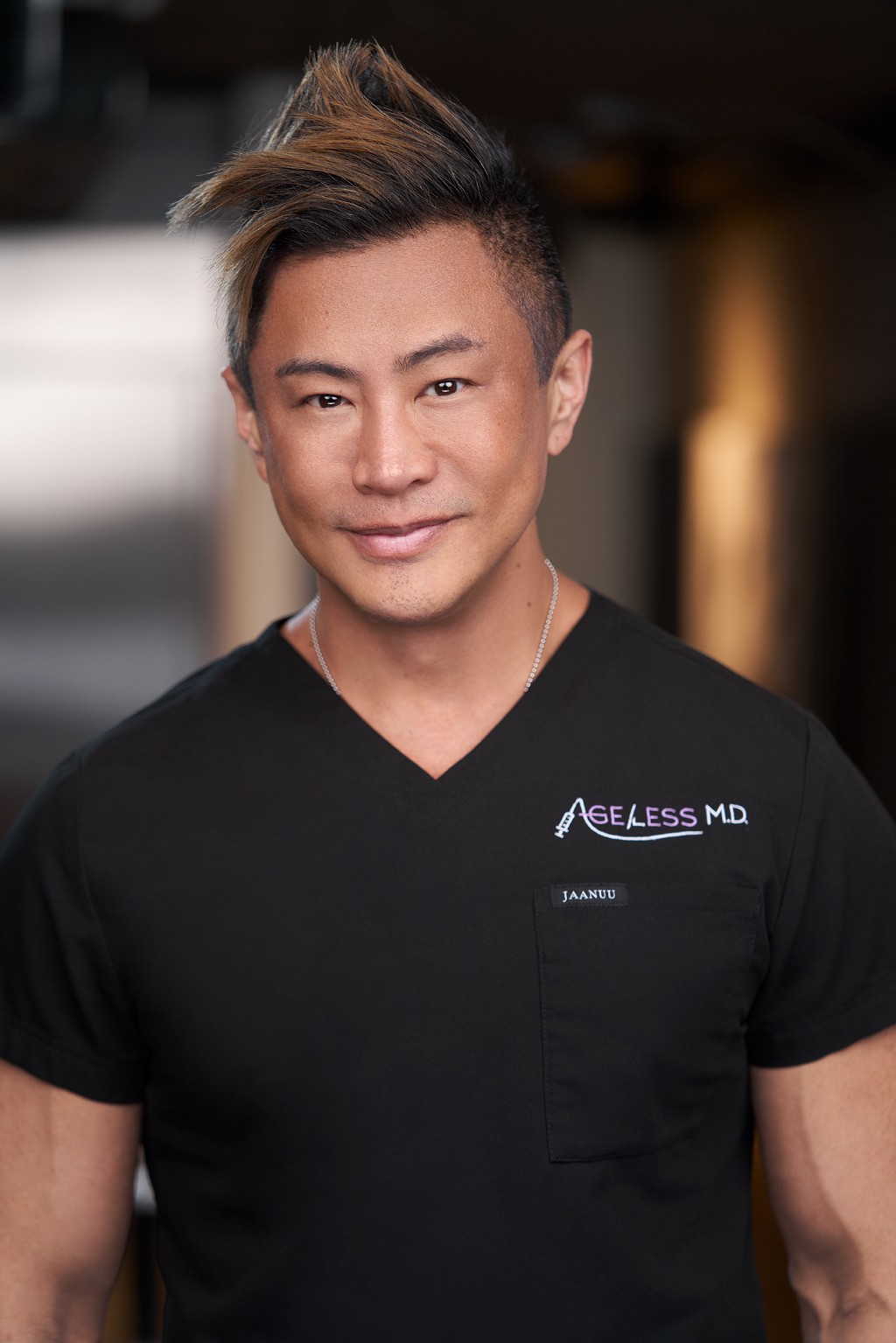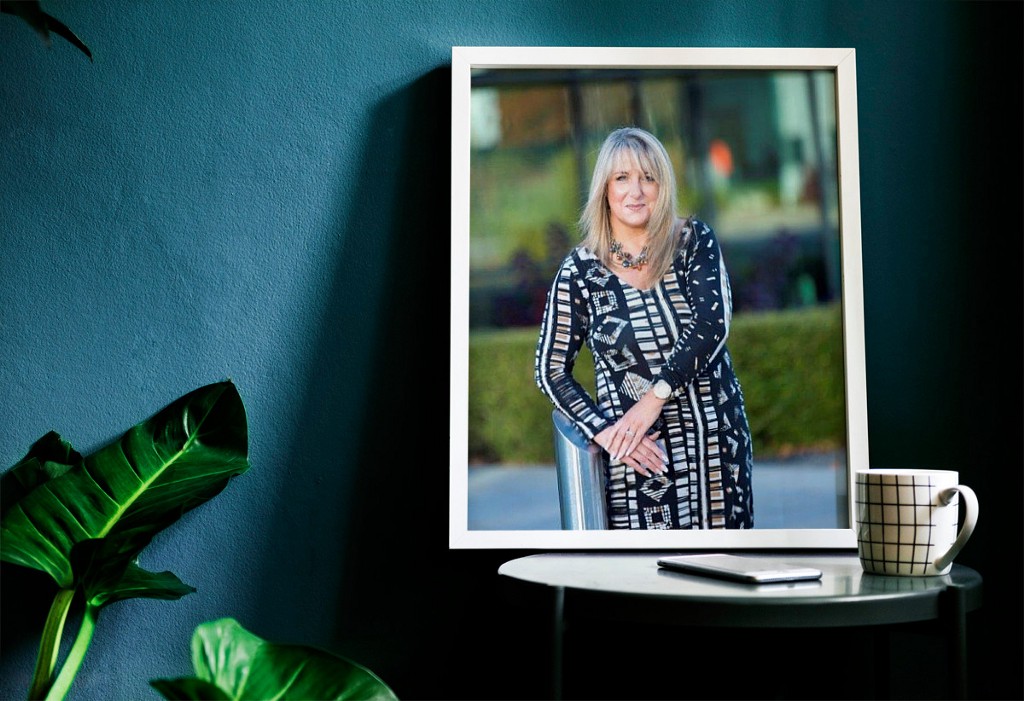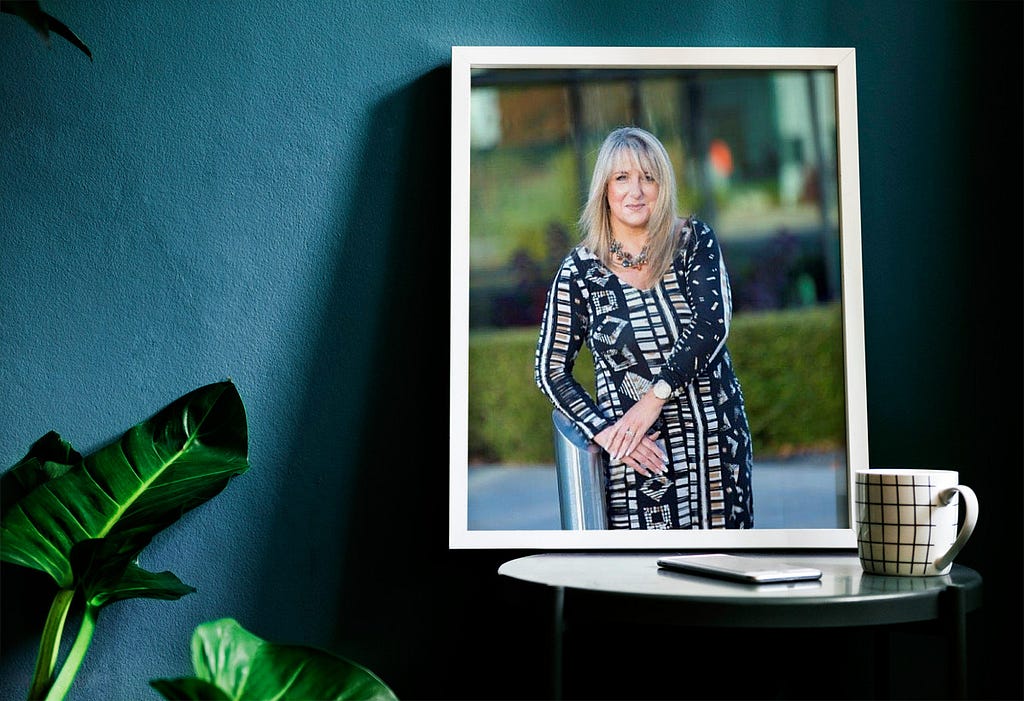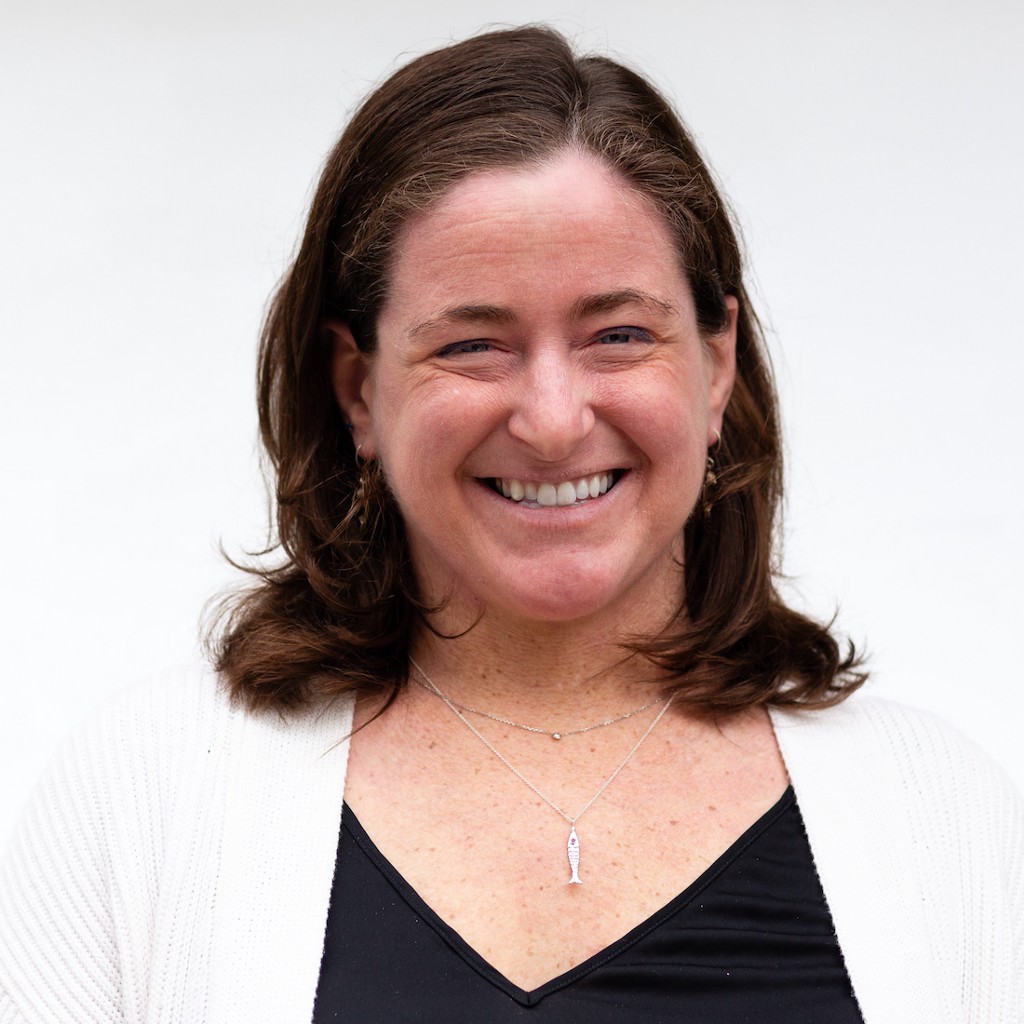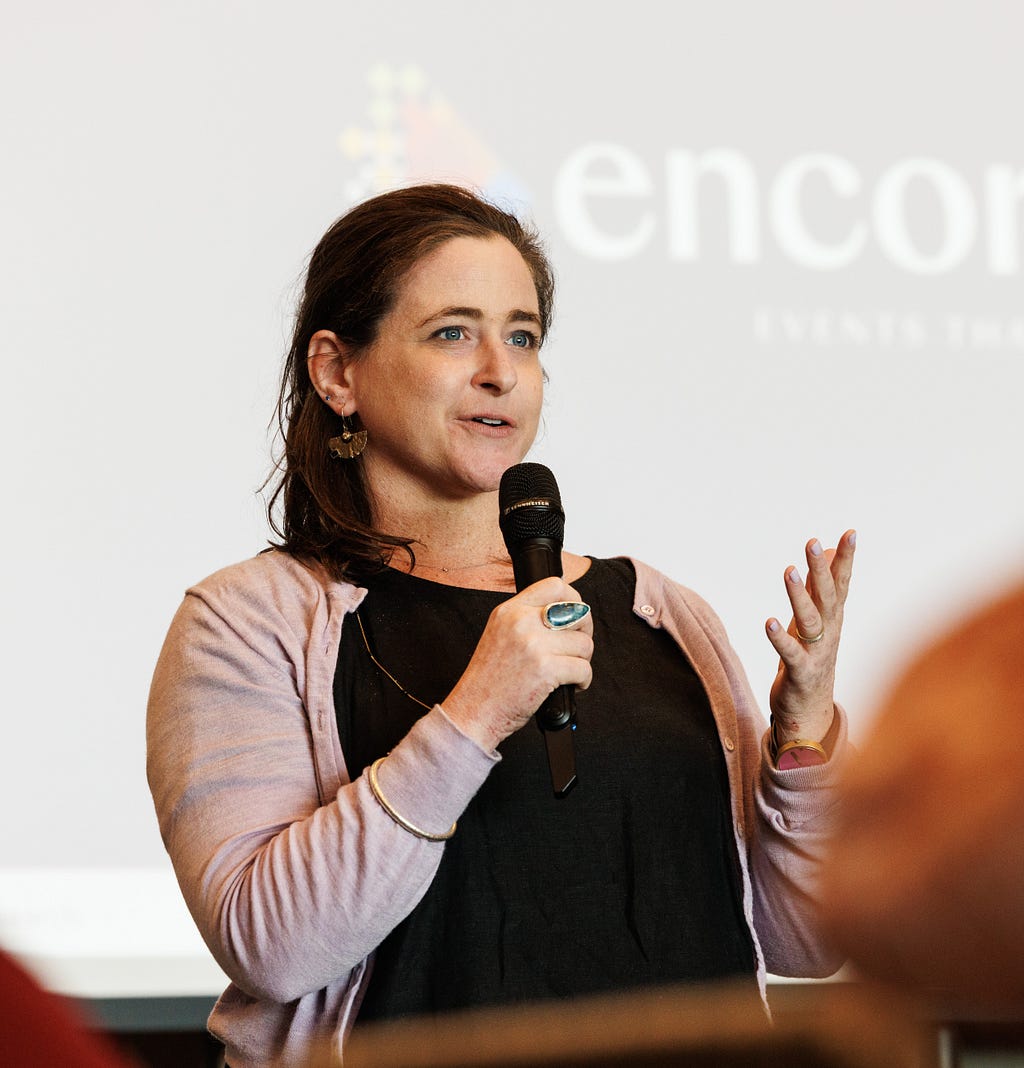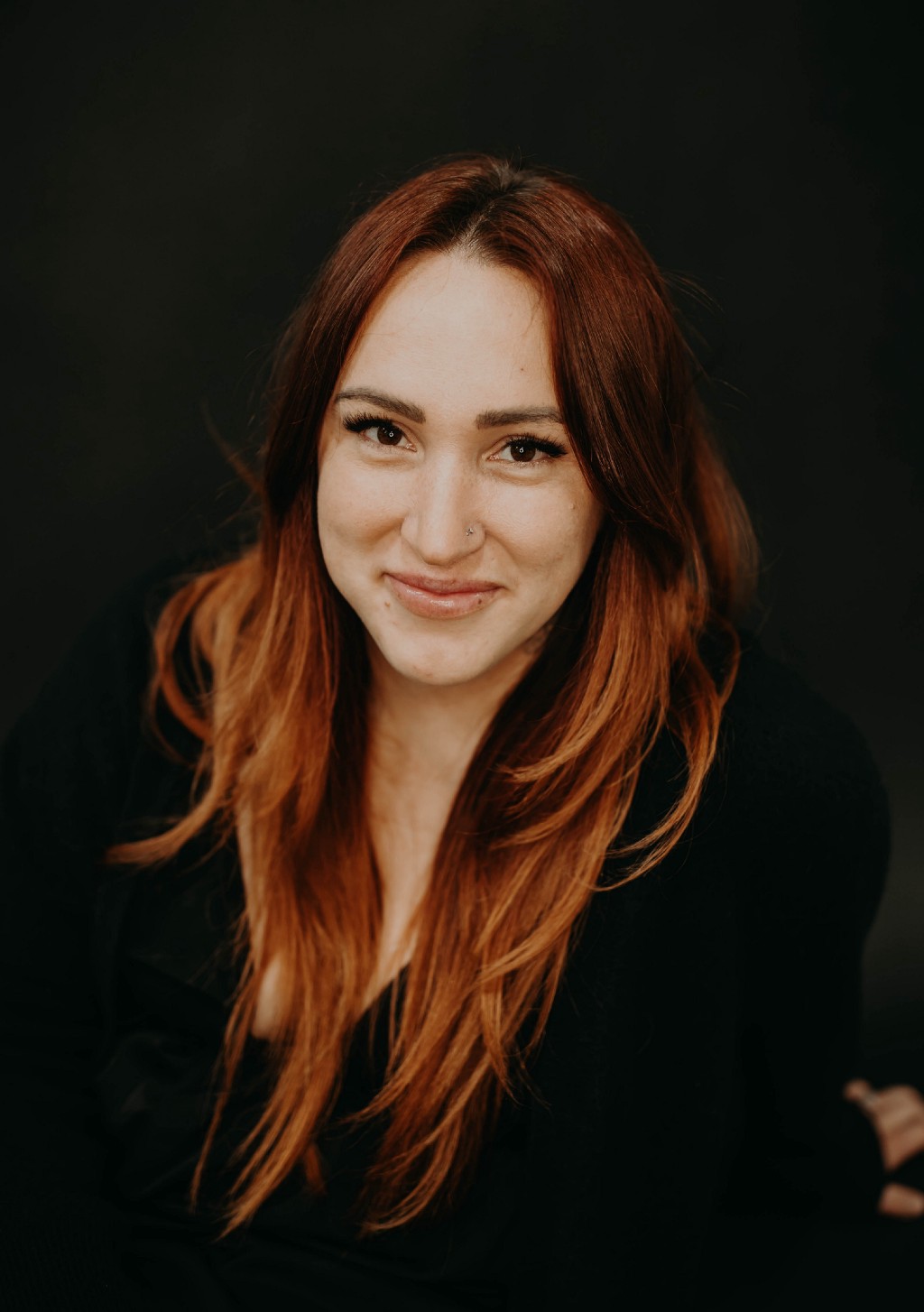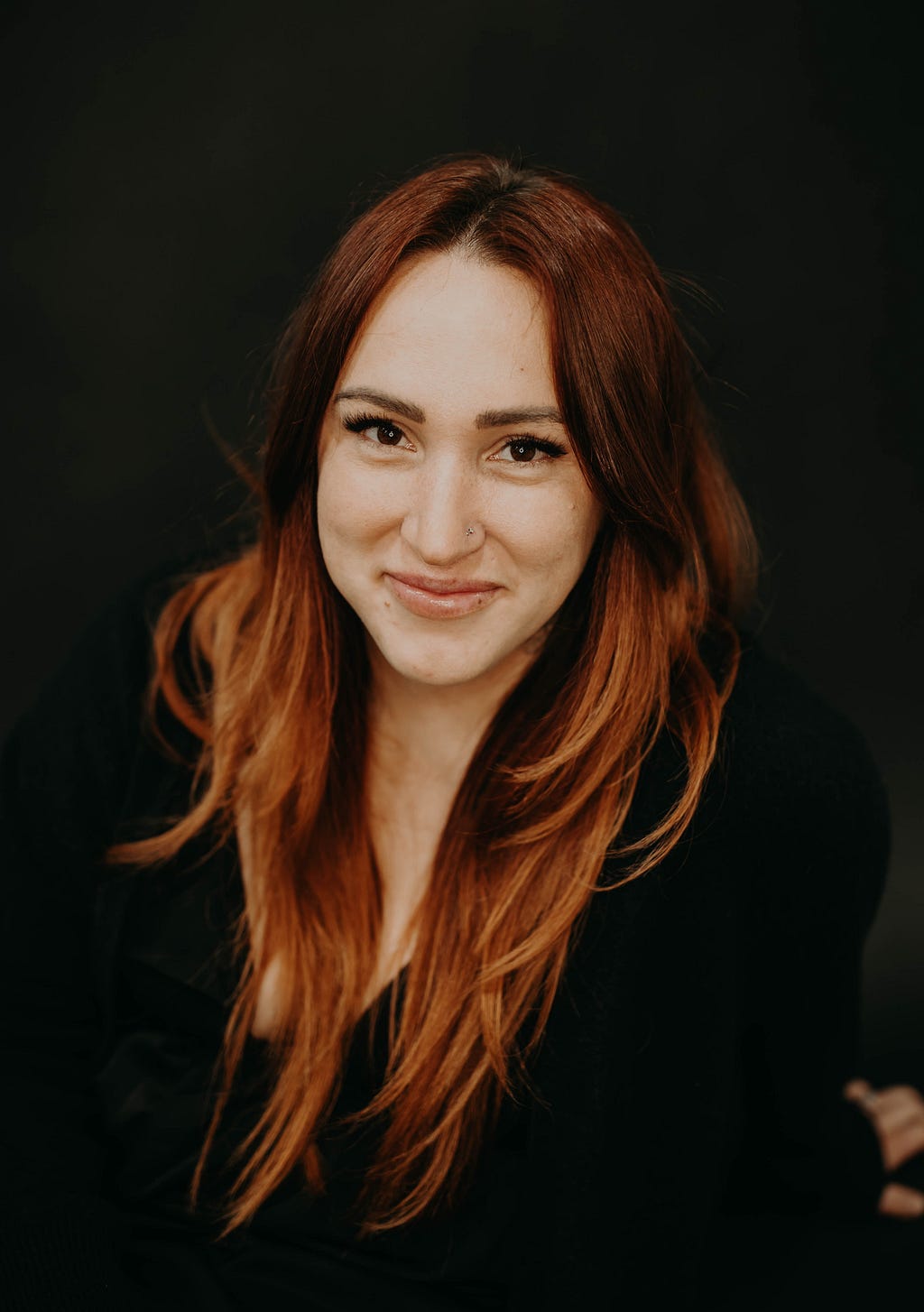Women In Wellness: Dr Ashira Blazer of Hospital for Special Surgery On The Five Lifestyle Tweaks That Will Help Support People’s Journey Towards Better Wellbeing
An Interview with Candice Georgiadis
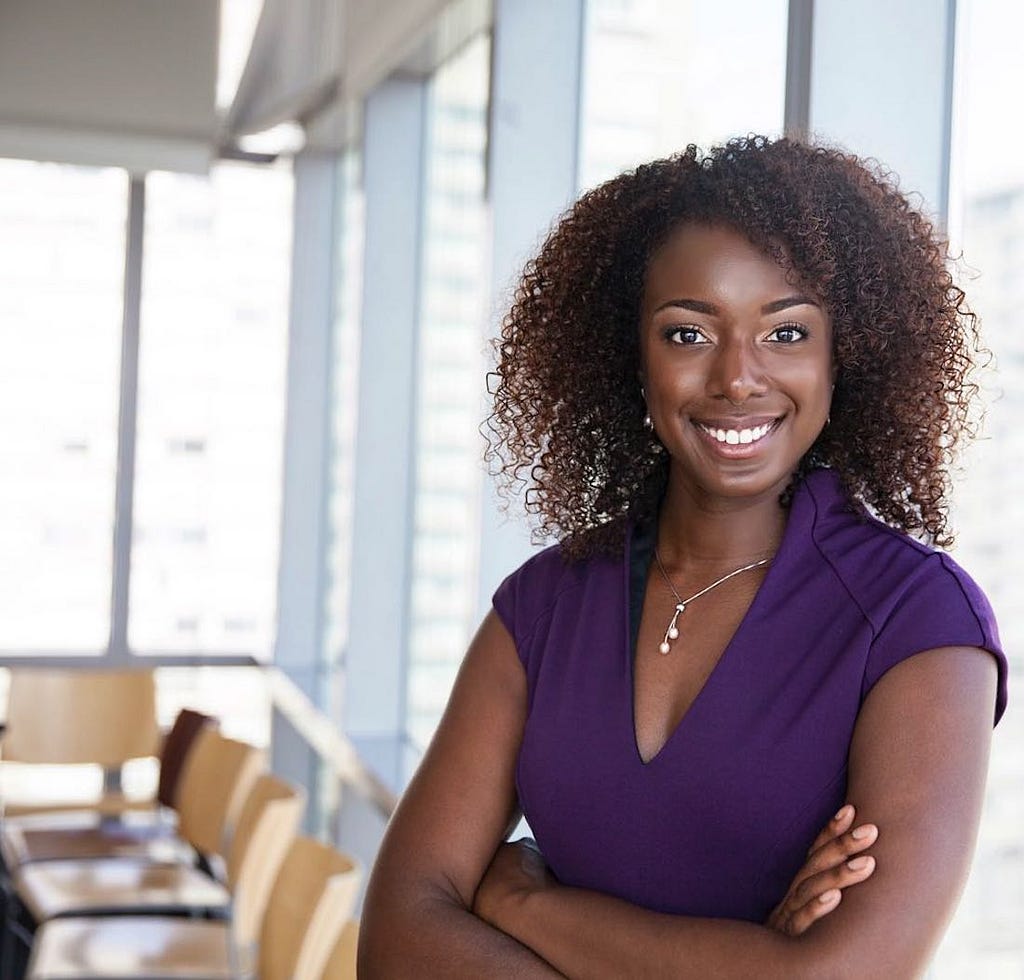
Gratitude practice. As humans, our minds often fall on the loudest or most negative aspects of our lives. This coupled with the constant outside chatter can really contribute to stress. One of the best remedies is to practice gratitude every day. Keeping a gratitude journal to give thanks for what went right in your day, doing a short meditation, or even a nightly prayer can all be ways to center attention on your blessings. This can foster health and well-being.
As a part of my series about women in wellness, I had the pleasure of interviewing Dr. Ashira Blazer.
Dr. Ashira Blazer joined Hospital for Special Surgery (HSS) in 2022 as an Assistant Attending Physician and Assistant Professor of Medicine at Weil Cornell Medical College. She specializes in the treatment of all rheumatic diseases including undifferentiated connective tissue disease, Sjogren’s syndrome, inflammatory arthritis, and systemic lupus erythematous (SLE), particularly in patients of African ancestry. Dr. Blazer received her medical degree from Baylor College of Medicine and completed her residency at Vanderbilt University Medical Center. She went on to complete rheumatology fellowship and a masters of science at NYU School of Medicine, where she trained in the laboratories of Drs. Jill Buyon and Timothy Niewold.
Thank you so much for joining us in this interview series! Our readers would love to “get to know you” better. Can you share your “backstory” with us?
Thank you for inviting me! I am an academic rheumatologist at Hospital for Special Surgery (HSS), with a passion for lupus. As an African American woman with a large, Texan family, I grew up with a ton of family around. When I learned that one of my cousins had lupus during medical school, I became intrigued and committed to helping patients like her. Over the years, I have seen my patients through the lens of family. Understanding how their wellness practices influence their overall well-being is near and dear to my heart.
Can you share the most interesting story that happened to you since you started your career? What were the main lessons or takeaways from that story?
I would say the most transformative period of my career happened when I started to do research in West Africa. I’m interested in lupus as it affects people of African ancestry and started to study a genetic risk factor for kidney disease as a rheumatologist in training. I wanted to understand how this genetic risk impacted lupus outcomes throughout the African diaspora. One of my mentors helped train the only rheumatologist in all of Ghana and connected us. I had actually never been overseas, apart from vacations to the Caribbean, when I decided to implement my first study in Ghana for six weeks. I’m so glad I was relatively ignorant of the challenges I would face! I worked with my colleagues, learned the food and culture, and ultimately — after concerted effort, was successful in getting the study up and running. It is one of the most rewarding things I have ever done in my life.
As a Black physician scientist, I hold dual identities — both were captivated by this experience. The Black woman in me got to see how my customs, food, music, and style of dress were all iterations of this rich, West African culture. Being immersed here made me feel a little less alone and a little more connected to the ancestors who created me. As a scientist, learning and building pipelines of information about African ancestry lupus patients was fascinating. Learning with my Ghanian colleague with a unique perspective to mine was all the more gratifying. I learned that I am much bigger than my perceived limitations. I definitely broke barriers that I had no idea I was capable of breaking. I also learned about my relative privilege as an American physician scientist, and how to listen and support rather than prescribe and control when working with colleagues overseas. Some of these lessons were painful, but all of them are blessings.
Can you share a story about the biggest mistake you made when you were first starting? Can you tell us what lesson you learned from that?
A mistake I made early on — and really a mistake I am inclined to make if I’m not practicing self-awareness — is acting before observing. I move with quite a bit of passion, and when I get excited about something I tend to jump right in. I also lead with my heart and sometimes trust and love too quickly. As I grow personally and professionally, I’m learning to listen first and act later. This saves me from quite a bit of heartache, and saves others from my well-intentioned but sometimes overly enthusiastic approach.
Let’s jump to our main focus. When it comes to health and wellness, how is the work you are doing helping to make a bigger impact in the world?
This has really changed overtime. I always imagined that my impact would be one-on-one during patient encounters. As I continued to practice, I realized that patients — particularly those of color — came to the healthcare system with a sort of armor. They feel the need for protection from a system meant to fix and not heal. One that has never been so trustworthy for people of color. My sister, who is an environmental justice advocate, started a non-profit organization called Breath is Lyfe aimed at educating communities most affected by industrial pollution on asthma risk. She and co-founder, Sunni Patterson, combine arts, culturally congruent experience, and education in a grassroots effort to educate and uplift communities of color, giving them agency to affect change. I have started to work more closely with Breath is Lyfe and am learning a lot about the layered conditions affecting community health.
Segregated neighborhoods are burdened by environmental toxins, food deserts, poor care access, and educational deficits. A patient walking into my office has weathered a lifetime of challenges, and often feels overwhelmed with yet a new hurdle in the form of an autoimmune diagnosis. In working with Breath is Lyfe, I am learning how a community health model can better communicate information and empower people to self-care. I’m learning what day to day life looks like for the chronically ill, and how experiencing the arts side-by-side with those who could be patients can be a powerfully human healing exercise. I am excited to expand my impact with Breath is Lyfe over the next few years, participating in health summits, community marches, and advocacy events.
Can you share your top five “lifestyle tweaks” that you believe will help support people’s journey towards better wellbeing? Please give an example or story for each.
- Sleep. The number of people who expect to function optimally with little sleep always surprises me. Sleeping is so important for rejuvenating the body and spirit. Immune function, mental clarity, metabolic function, and mood are all regulated by sleep. Getting at least 8 hours a night is a must.
- Compartmentalize. Our lives are busier than ever. While remote work can be convenient, work/life balance can suffer when work duties creep into personal time. Whether or not you are working, a mind always focused on the next task feels like it is. Creating boundaries is important for re-charging.
- Selfless service. We often think the key to burnout or stress is rest. This is partially true, but sometimes we feel burned out because we don’t participate in activities that give us life. Nothing is more gratifying than affecting someone else’s life for the better. Even small, regular gestures like giving to the houseless, holding the elevator, or donating to food banks can really lighten the heart and boost feelings of gratitude.
- Plan. Unexpected inconveniences can ruin your whole day. This is especially true for those with chronic illness who can’t count on feeling well day to day. Creating habits that make life a little easier day by day can help with this. For example, many of my patients experience joint pain in the morning time, but have to get their kids ready for school every day. Planning ahead by making lunches or setting out clothing at night can really make those difficult mornings run more smoothly.
- Gratitude practice. As humans, our minds often fall on the loudest or most negative aspects of our lives. This coupled with the constant outside chatter can really contribute to stress. One of the best remedies is to practice gratitude every day. Keeping a gratitude journal to give thanks for what went right in your day, doing a short meditation, or even a nightly prayer can all be ways to center attention on your blessings. This can foster health and well-being.
If you could start a movement that would bring the most amount of wellness to the most amount of people, what would that be?
I would start a “normalize over-sharing,” movement. One of the hardest things about chronic illness is isolation. Many of us experience the same struggles that no one talks about! We think we must suck it up, put on a happy face, and struggle in silence. No more. I say we all talk about what it is like to have arthritis, or worry about infertility, or have a miscarriage, or care for a loved one. We can even create communities to support each other through some of these common life occurrences. Anything that can make each other feel a little less alone can go a long way in promoting collective healing.
What are your “5 Things I Wish Someone Told Me Before I Started” and why?
- Medicine is not about helping people. If you want to help people, you have to put in extra effort. I think so many young college students dream about being doctors to help people. We think of getting to know our patients, cracking the case, delivering the diagnosis and treatment, and being there as our patients age gracefully. These things happen, but also, we have to navigate packed schedules, insurance red tape, endless administrative duties, and so on. The facetime with our patients has become woefully short and laden with obligatory tasks, so finding time to truly connect can seem almost impossible. It takes creativity, and most importantly being prepared. I think doctors are becoming extremely disenchanted because that romantic vision we all had as 20-somethings looks very different than we all expected.
- Research is not just for introverted white guys. I did not really think about being a researcher until much later in my training. I had this image in my mind about what a researcher looks like, and I was not it. Think Dexter from “Dexter’s Laboratory” personified. And anyway, as a Black woman in academia, no one seemed particularly interested in the ways I thought. The first time I had a female mentor with personality and style, I was in fellowship. I found her relatable, and she asked — almost demanded — that I think more critically about my patients’ illnesses. This is when I really started to embrace my inquisitive nature and realized I had questions to ask and knowledge to create. Research is such a gratifying part of my career now, and I wish I’d found it earlier. It is also eye opening to understand how ethnically homogenous biomedical researchers are. These scientists with all their biases are the ones asking the most critical and life-influencing questions. They are the ones creating the information filling our scientific journals, medical textbooks, and the heads of the next generation of health professionals. What are the consequences of all those missing voices from all those missing communities? This realization has made me even more passionate about what I do and about training others to be researchers as well.
- You have something important to say. I have really found a voice in teaching and advocacy, but this has taken a long time to cultivate. I can remember experiencing tokenism and just trying not to say anything that could seem uninformed or out of place. Imposter syndrome has had a strong hold on me and various points in my career, and having the courage to speak up has taken time. I wish I’d known that I was able to get to each step because I was just as smart and talented as my peers. That I shouldn’t have been so afraid to speak up, because my voice is important.
- You can say no. Saying no is such an important skill! I still haven’t learned it, but wow is it an aspiration. As a young professional, being asked to participate feels like such an honor. While this is true on some level, you can really give away all of your time. I’ve struggled to juggle multiple competing obligations and sometimes have not prioritized the most beneficial activities.
- Progress doesn’t have to cost your identity. As often the only black woman in many of my professional circles, I felt the crushing need to conform for many years. I used to straighten my hair every day for work. Wear pressed, crisp, white shirts and pencil skirts, and speak with all the current medical jargon I could gather. I was afraid to bring the “real me” to these spaces because I didn’t feel the standard of excellence was centered on my experience. So much of my mental energy went to presenting a palatable image, so much so that I couldn’t feel at ease and open to learning. When I moved to New York, I decided to let so much of that go — and I am glad I did. Not only do I feel more comfortable, but I feel my colleagues receive me more openly when I am being my authentic self.
Sustainability, veganism, mental health, and environmental changes are big topics at the moment. Which one of these causes is dearest to you, and why?
I would say climate change. This may be because my sister, and honestly my best friend, is a prominent environmental scientist, but I am extremely alarmed with the growing climate catastrophe. I’m also still hoping to have children, and every time I visit a beautiful, natural environment I pray my future child can experience the same thing.
What is the best way for our readers to further follow your work online?
I am most active on Twitter: @Ashira_MD. You can also follow me on Instagram: @Ashira_MD
Thank you for these fantastic insights! We wish you continued success and good health.
Women In Wellness: Dr Ashira Blazer of Hospital for Special Surgery On The Five Lifestyle Tweaks… was originally published in Authority Magazine on Medium, where people are continuing the conversation by highlighting and responding to this story.


